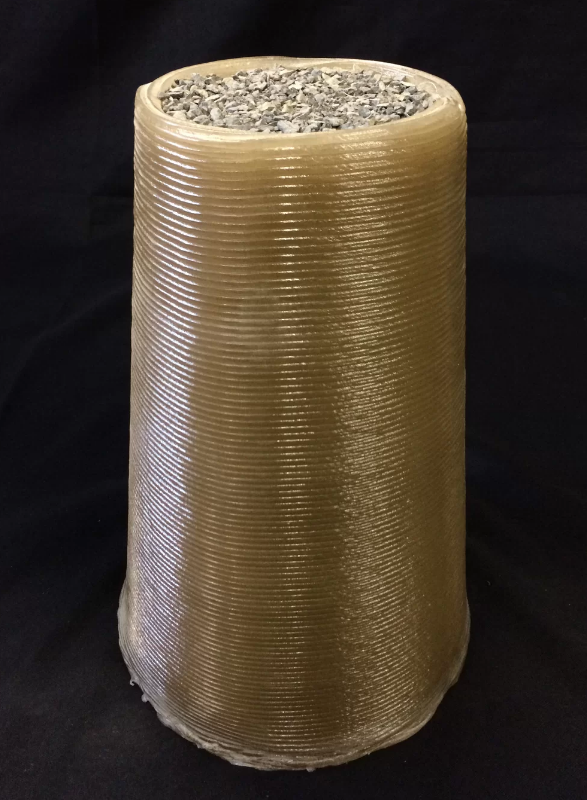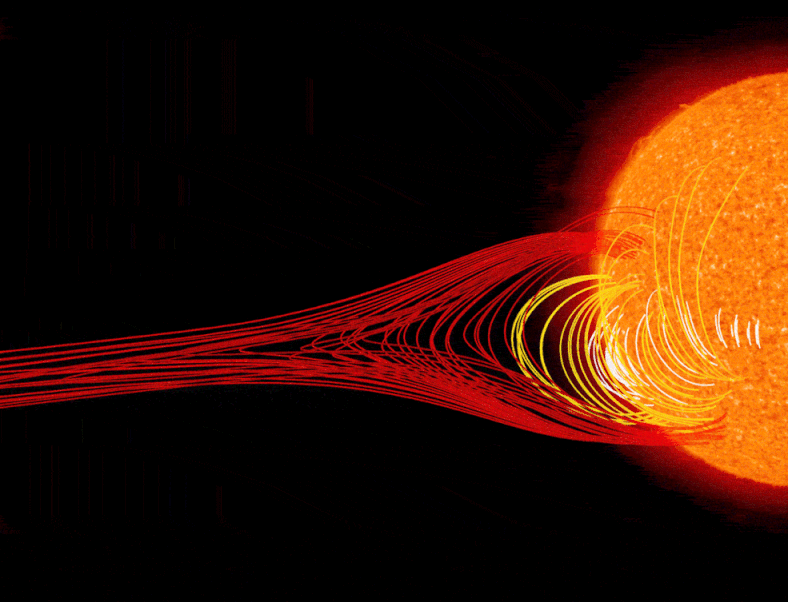NASA’s just awarded $100,000 to the two winning teams in the first segment of the agency’s 3D Printed Habitat Challenge. The “Phase 2: Level 1 Compression Test Competition” winners are Foster + Partners| Branch Technology of Chattanooga, Tennessee (awarded $85,930) and the University of Alaska, Fairbanks (awarded $14,070).
The whole aim of the challenge was to “foster the development of technologies to manufacture a habitat using local indigenous materials with, or without, recyclable materials,” wrote NASA officials in a statement. Experts in the space industry are hopeful that the 3D printed technologies that are being developed for space exploration could also be used on Earth as well for things such as building shelters in regions where construction supplies are low.


In devising these competitions NASA is hoping to attract budding inventors from all over the world to help develop new, innovative, 3D printing technologies that can be used for space exploration. The three phases of the challenge are:
– Phase 1: The “Design Competition”. This was completed in 2015.
– Phase 2: This is the phase that’s currently underway and consists of the “Structural Member Competition” which has a total prize fund of $1.1 million. Phase 2 has three parts to it, the first being this “Compression Test Competition”.
– Phase 3: This phase involves the “On-site Habitat Competition” which has an accumulated prize fund of $1.4 million and focuses on fabrication technologies.
Monsi Roman, program manager of Centennial Challenges said in a statement, “Seeing tangible, 3D printed objects for this phase makes the goals of this challenge more conceivable than ever. This is the first step towards an entire habitat structure, and the potential to use this technology to aid human exploration to new worlds is thrilling.”
More News to Read











